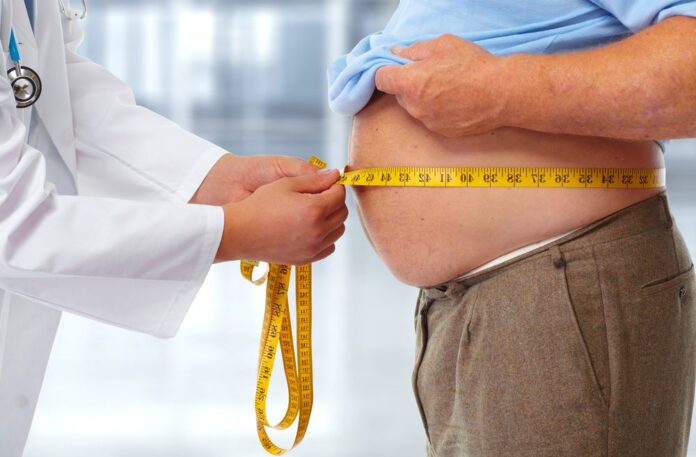People are being asked to measure their waste size and check that it is less than half of their height
The National Institute for Health and Care Excellence proposed the measure in an overhaul of obesity management guidelines.
The UK has one of the highest obesity rates in Europe, with two in three adults officially overweight or obese in an worsening crisis that costs the NHS £6bn a year and wider society £27bn.
Dr Paul Chrisp, director for centre for guidelines at NICE, said: “Our updated draft guideline offers people a simple and effective way of measuring their weight so they can understand the factors that could impact on their health and take action to address them.
“Our committee found that a clear benefit of using the waist-to-height ratio is that people can easily measure it themselves, interpret the results, and seek medical advice if they are at increased health risk.
“The evidence shows that people from some Black, Asian and minority ethnic groups have a greater propensity to develop central adiposity and have an increased cardiometabolic health risk so we have lowered the BMI thresholds for those communities, in line with international guidance, to ensure people from those family backgrounds can get support from weight management services if required.
“We are now looking for views from the healthcare professionals and the public on the proposed recommendations in the guideline before final publication.”
Guideline committee member Professor Rachel Batterham, consultant in obesity, diabetes and endocrinology, said: “Increased fat in the abdomen increases a person’s risk of developing several life-limiting diseases including type 2 diabetes and heart disease. Waist-to-height ratio is a simple, easy to use measure that identifies people who are at increased health risk and would benefit from weight management support to improve their health.”
Another guideline committee member, Dr Nivedita Aswani, consultant paediatrician specialising in diabetes and weight management at Sheffield Children’s Hospital, said: “We know that increased fat in the abdomen increases the risk of conditions such as type 2 diabetes, non-alcoholic fatty liver, hypertension and cardiovascular disease, even in young children.
“A waist measurement can be taken independently by a young person in the security of their own home, or by a carer for their child. A waist measurement of more than half of a person’s height, is an indication of greater risk. Young people should be encouraged to seek advice about weight management, and sensitively supported to lower their risk of developing these conditions, and to improve overall health and wellbeing.”







